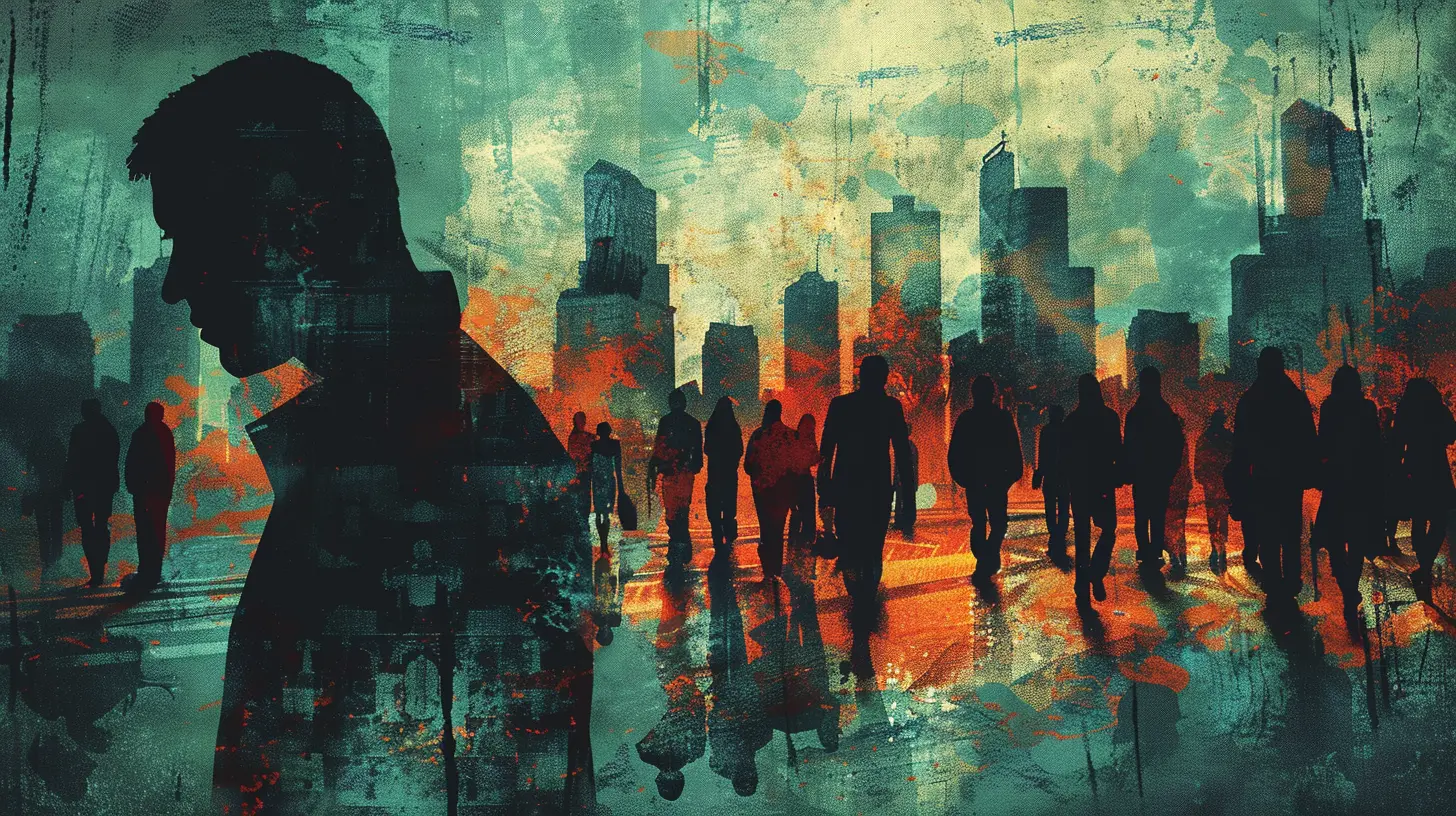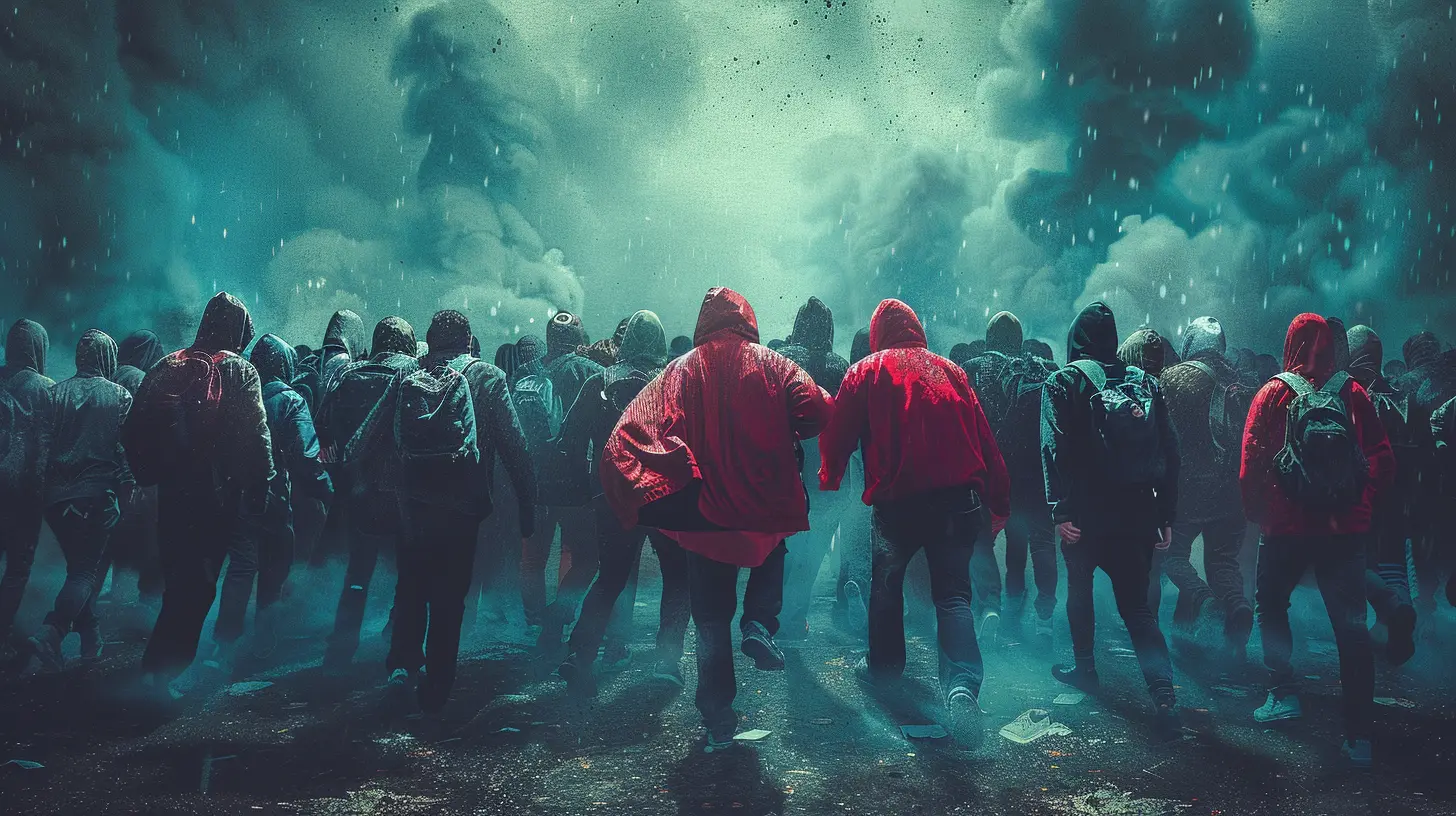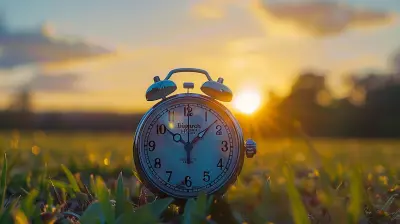The Bystander Effect: Why We Don’t Always Help in a Crisis
5 July 2025
Picture this: you're walking down a busy street, and you see someone lying on the ground, clearly in distress. You glance around and notice other people nearby, but no one seems to be doing anything to help. Surely someone will step in soon, right? But what if no one does? This scenario perfectly encapsulates a well-known psychological phenomenon called The Bystander Effect. But why does this happen? Why do we sometimes fail to act during emergencies, especially when it seems like help is needed the most?
In this article, we'll dive deep into the bystander effect, unravel its origins, explore the reasons behind it, and discuss what we can do to overcome this psychological barrier. Ready? Let’s get started!

What Is the Bystander Effect?
The Bystander Effect refers to a social psychological theory that suggests individuals are less likely to offer help to a victim when other people are present. In simpler terms: the more people around, the less likely you are to lend a hand. Sounds counterintuitive, right? You’d think that more people would mean more chances of someone helping, but oddly enough, the opposite tends to happen.This phenomenon was first studied in the 1960s by psychologists John Darley and Bibb Latané, following the infamous case of Kitty Genovese, a woman who was murdered in New York City while numerous bystanders reportedly did nothing to intervene. While some aspects of the case have been contested over the years, the incident nonetheless sparked a wave of psychological inquiry into why people sometimes fail to help in emergencies.

The Psychology Behind the Bystander Effect
So, why exactly do we freeze up or hesitate when we see someone in trouble, especially when others are around? There are a few key psychological processes at play:1. Diffusion of Responsibility
One of the main culprits behind the bystander effect is diffusion of responsibility. When you're the only one witnessing an emergency, it feels like it's entirely up to you to act. But when others are present, the sense of responsibility becomes "diffused" or spread out across the group. We subconsciously think, "Someone else will take care of it."It’s like when you're assigned to do a group project in school. If there are 10 people in the group, you might feel less inclined to put in effort because you assume others will handle it. The same thing happens in emergencies: the more people around, the more we assume someone else will step up, and as a result, no one does.
2. Social Influence
Ever been in a situation where you looked around to gauge how others were reacting before deciding what to do? That’s social influence at work. We tend to look to others for cues on how to behave, especially in uncertain situations.In the case of an emergency, if no one else is reacting, we might interpret the situation as less urgent than it actually is. It creates this strange cycle where everyone is waiting for someone else to act, and in the meantime, nothing happens.
3. Fear of Judgment
Another factor is the fear of being judged. What if you rush in to help, and it turns out it wasn’t actually an emergency? Or what if you do something wrong? This fear of making a mistake or being embarrassed in front of others can paralyze us into inaction. We worry about how we'll be perceived, and that concern can sometimes outweigh our desire to help.4. Pluralistic Ignorance
This one sounds fancy, but it’s actually pretty simple. Pluralistic ignorance occurs when people in a group misinterpret the lack of action from others as a sign that intervention isn’t needed. In other words, if no one else is doing anything, we might assume the situation isn't as bad as it seems. Everyone is thinking the same thing, which results in collective inaction.
Real-Life Examples of the Bystander Effect
The bystander effect isn't just some abstract theory; it happens in real life, and often with tragic consequences. Let’s look at a couple of well-known instances:1. Kitty Genovese Case (1964)
We can't talk about the bystander effect without mentioning the Kitty Genovese case. On March 13, 1964, Kitty Genovese was attacked outside her apartment in Queens, New York. Though early reports claimed that 38 witnesses saw or heard the attack and did not intervene, later investigations revealed that the situation wasn't quite as clear-cut. However, the case still raised important questions about why individuals often fail to act in emergencies.2. The Murder of Yue Yue (2011)
Another heart-wrenching example occurred in 2011 in China, when a two-year-old girl named Yue Yue was struck by a vehicle in a busy market. Several passersby walked past the child, failing to offer assistance. It wasn't until much later that someone finally stepped in to help, but by then, it was too late. The incident sparked outrage and debate about the role of individuals in helping strangers.
Factors That Increase the Likelihood of Helping
Okay, so now that we know why people sometimes don’t help, what can we do about it? Are there situations where people are more likely to step in? Absolutely! Here are a few factors that can increase the likelihood of someone offering help in a crisis:1. Clear Identification of the Problem
If the situation is unambiguous and clearly an emergency, people are more likely to help. The more obvious the problem, the harder it is to ignore. If someone faints on a crowded subway, and there’s no doubt that they need medical assistance, people are more inclined to act.2. Direct Requests for Help
One way to break through the bystander effect is by making direct eye contact and explicitly asking someone for help. If you’re ever in an emergency, pointing to someone and saying, “You! Call 911!” can cut through the diffusion of responsibility and spur action.3. Fewer Bystanders
As you might have guessed, the fewer people there are, the more likely someone is to intervene. When you're the only one around, the responsibility falls squarely on your shoulders, making it harder to ignore the situation.4. Familiarity with the Victim
People are more likely to offer help if they know the person in distress. This could stem from empathy, emotional attachment, or simply recognizing the urgency of the situation when it involves a friend or family member.5. Trained Helpers
People with training in first aid, CPR, or other emergency response techniques are more likely to step in during a crisis because they feel confident in their ability to help. The fear of doing something wrong is less of a factor when you’ve been trained for the situation.Overcoming the Bystander Effect: What Can We Do?
So, how can we combat the bystander effect in our everyday lives? Here are some actionable strategies:1. Raise Awareness
Simply being aware of the bystander effect can help us recognize it when it’s happening. The next time you find yourself in a situation where you hesitate to act, ask yourself: "Am I assuming someone else will help? Is this an emergency?"2. Take Initiative
If you witness an emergency, don’t wait for others to act. Take the initiative yourself. Even if you’re unsure whether the situation is serious, it’s always better to err on the side of caution.3. Call for Help Early
Sometimes, the best thing you can do is call for professional help right away. Whether it's dialing 911 or alerting a security guard, getting authorities involved as soon as possible can make a huge difference.4. Be Specific
If you're in a crisis and need help, be specific about what you need. Don’t just shout, “Help!” Instead, point to someone directly and give them a task: “You in the red shirt! Call an ambulance!”5. Train Yourself
If you're someone who frequently finds yourself in crowded public places, consider getting trained in basic emergency response. Whether it’s learning CPR or taking a first aid course, having those skills can make you more confident in stepping up when needed.
Conclusion
The bystander effect is a fascinating but sobering reminder of how human psychology can influence our actions—or lack thereof—in critical moments. By understanding the factors that contribute to this phenomenon, we can work to overcome it and become more proactive in helping those in need.Next time you find yourself in a situation where someone might need assistance, remember: don't wait for someone else to act. You could be the difference between life and death.
all images in this post were generated using AI tools
Category:
Social PsychologyAuthor:

Gloria McVicar
Discussion
rate this article
1 comments
Ainsley McLanahan
The bystander effect highlights our tendency to rely on others in emergencies, revealing how social dynamics can inhibit individual action and empathy.
July 27, 2025 at 4:37 PM

Gloria McVicar
Thank you for your insight! The bystander effect indeed underscores how social dynamics can impact our ability to act in emergencies.


